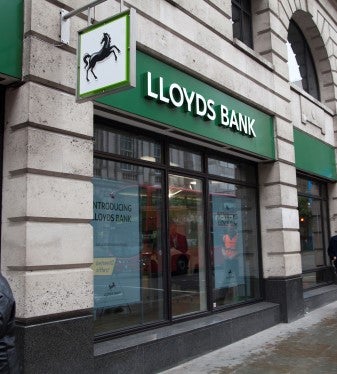
Following the example of most banks and building societies, Lloyds bank will soon be charging overdraft fees of about 40%.
The new rates will take effect in April and come in response to tough new rules from regulators designed to protect consumers in a “dysfunctional” overdraft market.
The regulatory changes have caused rates to bunch up around the same level. Lloyds, Halifax, HSBC, First Direct, Santander, TSB and Nationwide have now set overdraft rates at 39.9%. RBS and NatWest have gone a little lower at 39.49%. Meanwhile, Barclays has opted for 35%.
Last year, overdraft fees underwent a major shake-up that the Financial Conduct Authority (FCA), the UK financial regulator, called the biggest overhaul in a generation. Under the new measures, banks and building societies could no longer charge fixed daily or monthly fees for overdrafts.
They were also barred from charging higher fees for unplanned overdrafts than for arranged ones. In addition, banks were required to charge a simple annual interest rate on all overdrafts. Also, overdraft advertisements will need to come with that rate clearly displayed, to help consumers compare various products.
Thanks to the shake-up, the FCA says, seven out of 10 customers will be better off or in the same position as before.
Rates clustering around 40%
As a result of the changes, most institutions now set their rate very close to 40%. That means somebody who borrowed £100 as an overdraft for a whole year would pay £40 to the bank for the service.
Research has shown those aged between 35 and 44 were most likely to have some form of overdraft, and about 10% of all 18 to 24-year-olds had exceeded their overdraft limit in the previous 12 months.
Critics have argued that the FCA’s plan for overdrafts, though well-meaning, has backfired. They contend that the 7-out-of-10 claim by the regulator means that around 30% of customers are worse off than before the reforms.







